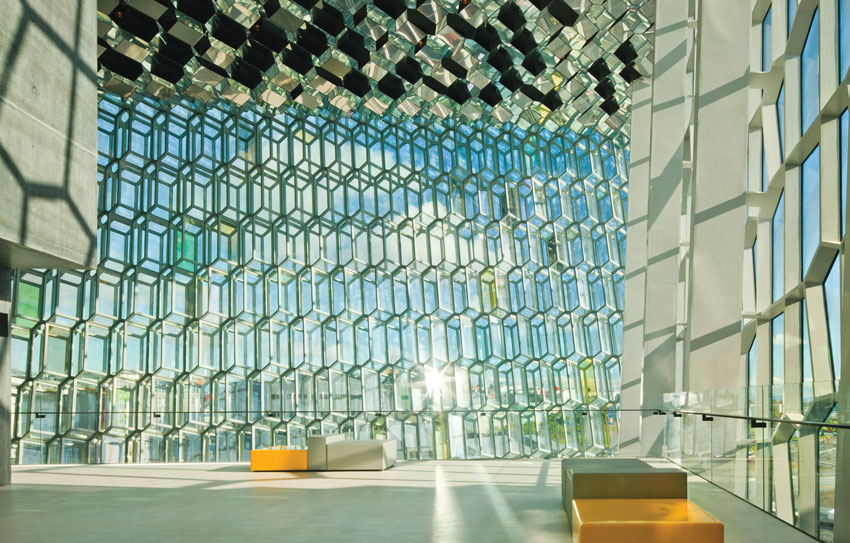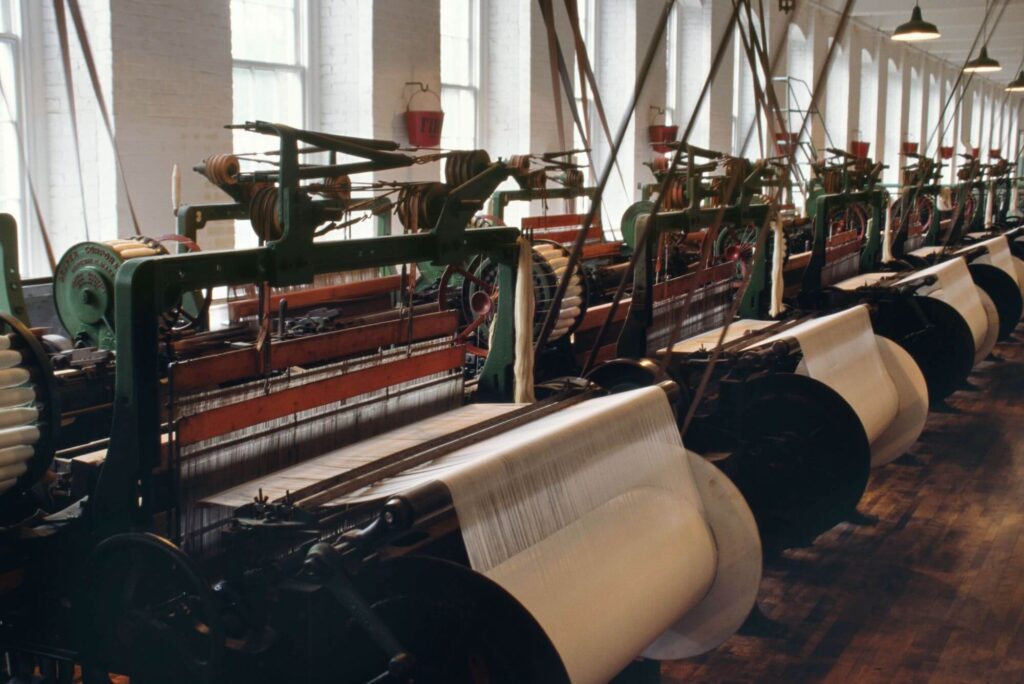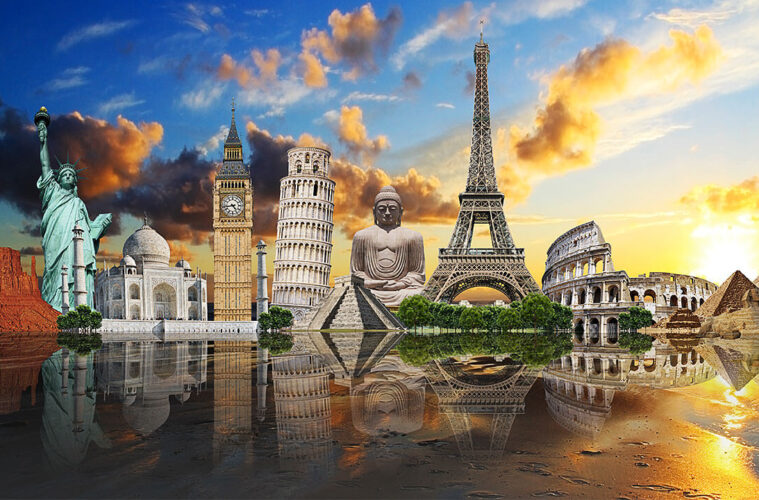In both the 1999 Hollywood action film The Mummy and The Mummy Returns, its sequel in 2001, the main antagonist is Imhotep. He is a cursed high priest who comes back to life as a mummified villain with a long list of superpowers. In actual life, Imhotep was what many consider today as the first architect.
Dead for more than four thousand years, legends say he served under Djoser, the great Egyptian pharaoh. Among many other things, he is credited with designing and overseeing the first Egyptian complex, a series of pyramids that would later inspire the great structures now found in Giza.
Needless to say, he died before it was ever finished. The Egyptians of the time didn’t have the tools to complete such an endeavor in less than a few hundred years.
Fast forward 40 centuries, and things have changed a lot. Currently, there is no need for 10,000 slaves working 12 hours a day to finish a project in a little under five decades. Instead, companies in construction and real estate can now rent and purchase heavy equipment that’s on sale to make their projects safer, faster, and more efficient. In addition, they have the skills, technology, and know-how to pretty much do whatever they can think of.
As we keep that in mind, let us explore three of the most industry-defining moments in the history of architecture.
The Pillars of Ancient Greece

source: touropia.com
Whether you have been to the great city of Athens, Greece, or only seen it in pictures, you are probably familiar with the Parthenon. Built as a tribute to the goddess Athena and completed somewhere around 430BC, it marked the inception of the column, one of the biggest contributions made by the Greeks.
There are several reasons why the first pillars were so crucial to modern construction. First is the addition of space. If four columns support each side of a roof, there is no need for walls. Second, it makes the building more aesthetically pleasing. Instead of looking like a fortress, it resembles a work of art, overpowering and magnificent. Finally, pillars represent the saving of materials and, in modern-day societies, valuable financial resources.
The Windows to Your Soul

source: mgsarchitecture.in
Unless you are like Superman and have x-ray vision, you cannot see through a brick wall or a wooden door. It is in this simple statement where we can fully understand and appreciate the value of glass in architecture. While at first it was only used for windows, today it is an integral part of the industry as a whole. If you don’t believe it, you only need to look at the Louvre Museum in Paris, France, the Shard building in London, England, or the National Center for the Performing Arts in Beijing, China.
But the purpose of glass, be it windows, doors, or anything else, is not only for us to see what a place looks like on the inside or if we are indoors, looking out. It is not just a matter of convenience. Instead, it is about creating magic by combining something fragile and easily broken with something as robust as a building, a train station, an airport, or any other structure we can imagine.
The Age of Industrialization

source: nationalgeographic.org
Not many people know what a combined harvester is. Still, if you see one, you will probably recognize it immediately. In simple terms, it is a machine designed to harvest crops. The name combined stems from the fact that it can carry out many operations collectively and without the need for any other type of equipment. It can winnow, gather, thresh, and reap.
But what does that have to do with architecture and construction? This specific piece of machinery designed and created by Benjamin Holt was the first in the so-called industrial equipment revolution. It gave birth to new ideas which would later come to life as cranes, bulldozers, excavators, tractors, pavers, dump trucks, and many others.
Can you imagine what Imhotep would have been able to do if he’d had access to them? It’s not an overstatement to say he would have changed the world.
We have taken a closer look at three critical moments in the history of architecture. The first one is the first pillars used to construct Greek buildings like the Parthenon and the Temple of Olympian Zeus. Coming in second is the use of glass in a wide variety of ways. The last one is the dawn of machines to make construction processes more manageable and faster.
As human beings continue to learn and technology evolves, one can only wonder about the amazing things that will happen next.



